Things Americans are paying a lot more for now
Why Americans are spending more for less
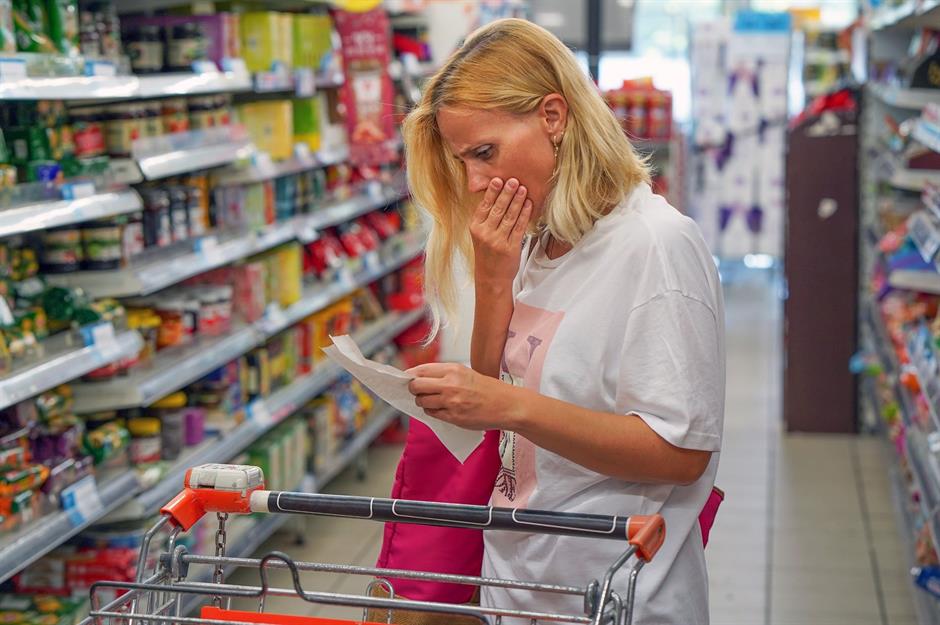
Inflation is still at near-record levels, according to the latest govenment figures. Economists predicted that consumer prices would fall sharply in August, but while inflation did ease from 8.5% to 8.3%, the decline wasn't as reassuring as expected. With essentials such as rent, eggs, and coffee more expensive than ever, read on as we look at why inflation is still high and the shocking price rises hitting American wallets hard.
Inflation leaves Wall Street reeling
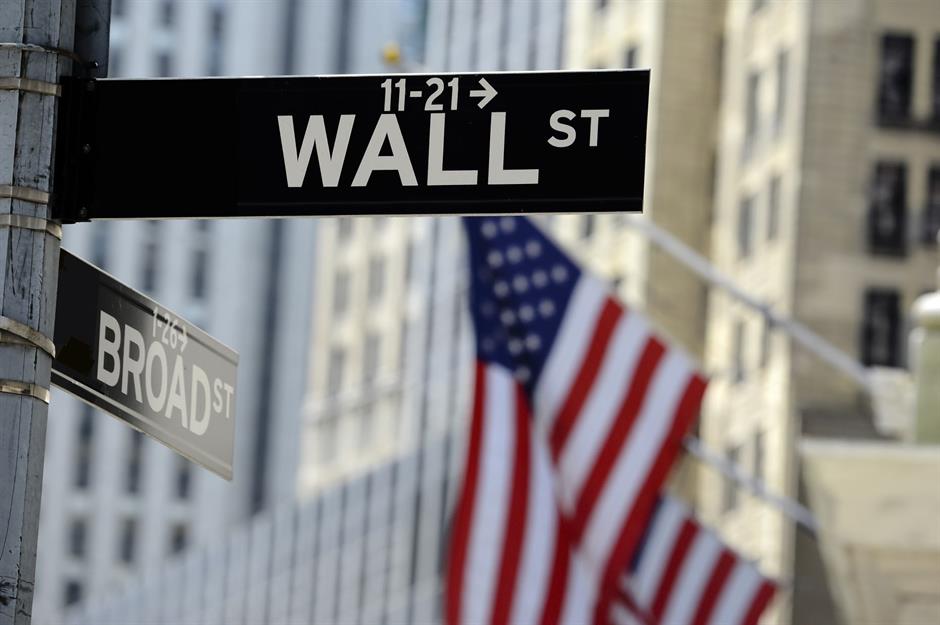
In the wake of the latest consumer price index (CPI) report, aftershocks were felt throughout Wall Street, which had its worst day in around two years. The S&P 500 initially fell by around 3%, while the Dow Jones Industrial Average fell by 878 points. Investors reportedly feared another Federal Reserve rate hike, which increases interest rates in an attempt to cap inflation. It's not yet been confirmed whether another rate hike will take place, although a recent economist poll by Reuters revealed many experts expect to see one in the coming weeks.
So why were the latest inflation figures such a shock?
Gas prices fall but groceries are more expensive than ever
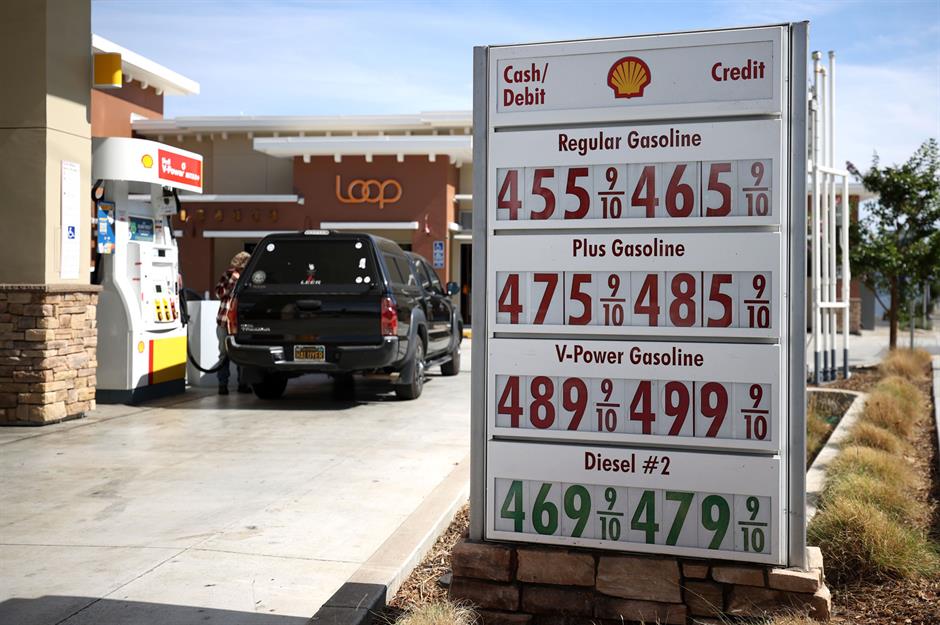
Originally one of the key drivers of inflation, gas prices have fallen in recent weeks. Although prices at the pumps are still up 25.6% year-on-year, they slid 10.6% from July to August, with unleaded gas now averaging $3.71 a gallon. That's down from $4.70 in early July and, according to analysts from Goldman Sachs, we're likely to see further declines in the near future.
But while these falling prices have eased inflation to an extent, it's not been enough to absorb the rising costs of other everyday essentials: namely, groceries and rent.
The price of groceries soars by 13.5%
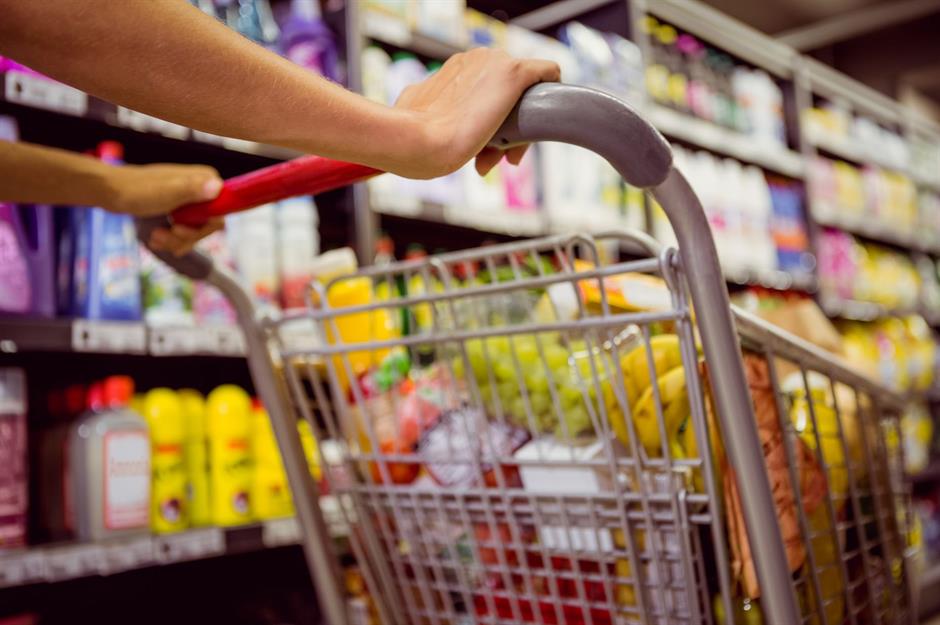
Overall grocery costs are 13.5% higher than they were a year ago, the CPI report revealed, meaning they're well above the average inflation rate. It's the largest 12-month increase Americans have seen at the grocery store since March 1979, with some products a whopping 40% more expensive than they were this time last year.
The US Department of Agriculture (USDA) has also painted a bleak picture. Its Food Prices Outlook for 2022 has predicted that prices haven't yet peaked, so dining out and buying groceries could both get (even) more expensive in the coming months.
Americans are turning to buy now, pay later apps
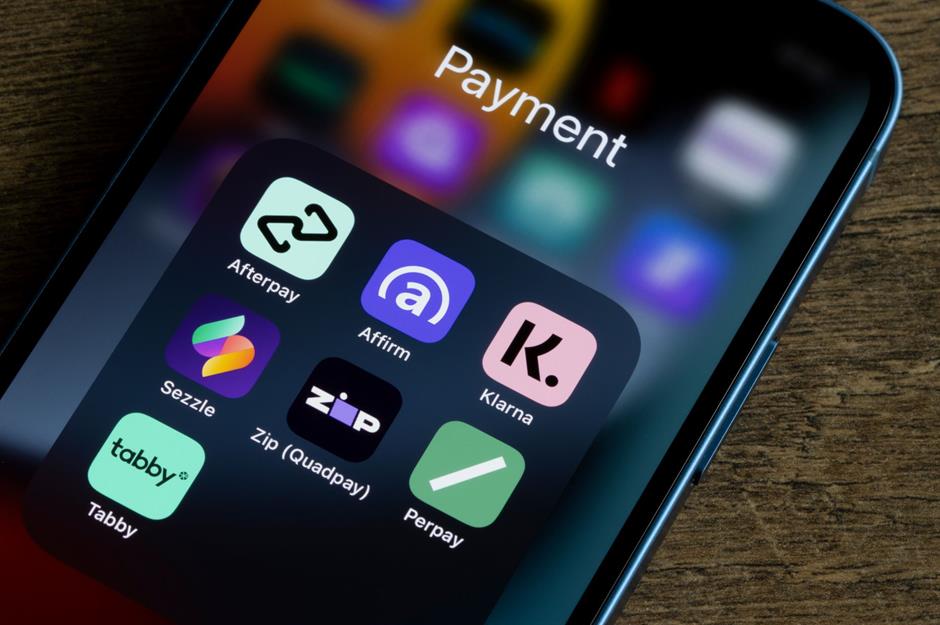
To cope with skyrocketing costs, a study quoted in USA Today has just revealed that Americans are turning to buy now, pay later (BNPL) apps. One in five BNPL users has said they're using the apps to buy groceries, half of whom do so on a regular basis. The popularity of these apps is only increasing: data analytics firm GlobalData has found that almost $46 billion worth of transactions were made through BNPL platforms last year, up from $15.3 billion in 2020. It seems likely these figures will have ballooned amid the record inflation rates of 2022.
But which products, goods and services have been worst affected? Using the latest data from the Bureau of Labor Statistics (BSL), we take a look at the staples soaring in price right now, and why...
Rent: up 6.7%

As USA Today has put it, rent is the new gas. Rental prices are going through the roof, with annual inflation now at 6.7%. Between July and August, rents rose 0.7% – the largest monthly increase since January 1991 – and renters should brace themselves for worse to come, according to the National Association of Realtors (NAR).
Rent: up 6.7%

So why are rental prices continuing to climb? It goes hand-in-hand with the increasing cost of owning a home. If fewer people can afford to buy then more people are forced to rent, meaning there's greater competition for properties. And much like the for-sale housing market, there are currently fewer places available to rent, which further drives up the price.
At the same time, landlords who were forced to freeze rents and suspend evictions during the COVID-19 pandemic are now able to increase their prices, and many have done so to boost their incomes in a time of record inflation.
Meat: up 6.7%
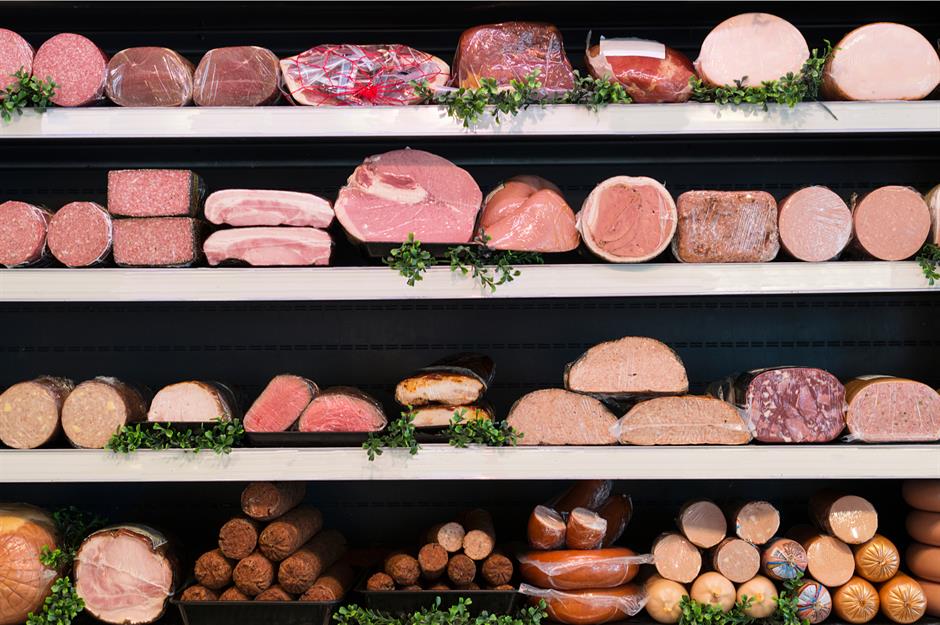
If it's meat you're looking for, you'll need to bring home the bacon. The BLS has revealed the cost of meat has also climbed by 6.7% in the past year, with everything from beef to some processed pork products feeling the pinch of inflation. Data quoted by Bloomberg earlier this year suggests that major US meat producers Tyson Foods and JBS USA are making the least money per cattle slaughtered in over two years, partly because of labor shortages sparked by the Great Resignation.
As with vegetable oil, another key factor is the Russian war in Ukraine. With Ukrainian grain stuck at the borders earlier this year, the country hasn't been able to export the amount it typically does. As well as being used to feed people around the world, this grain is a vital component of animal feed. The short supply has meant that the price of feed has increased, leaving many farmers no choice but to shift this cost onto their buyers.
Meat: up 6.7%
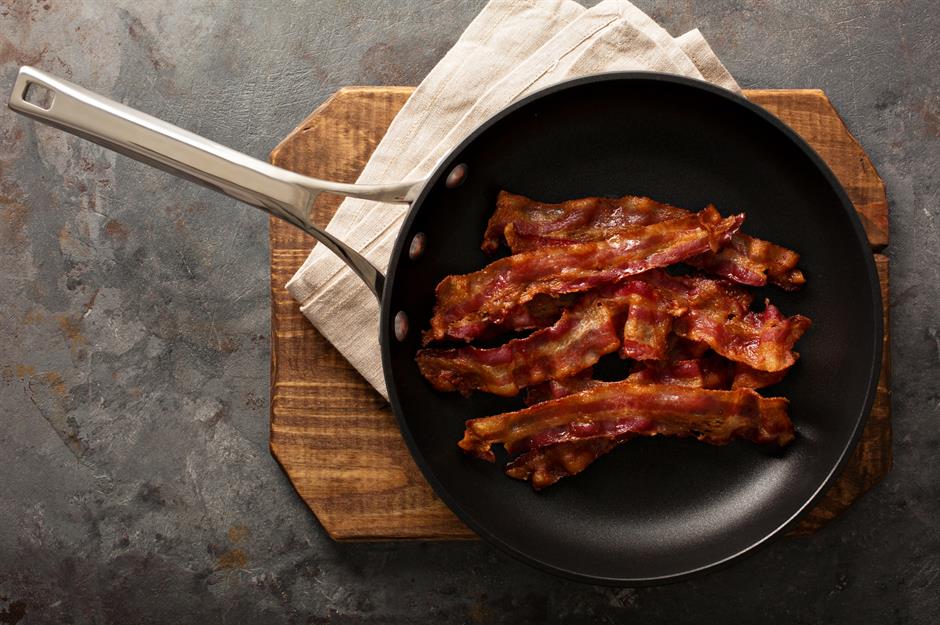
Frankfurters and lunchmeats are some of the worst affected products within the meat category, rocketing in price by 18.3% and 18.2% respectively. The cost of breakfast sausages isn't far behind, having increased by 14.4% year-on-year. But for other pork products, inflation is starting to ease. The BSL reports that the price of pork roasts, steaks, and ribs fell by 1.9% between July and August, for example, while bacon fell by 0.5%.
Cars: up between 7.8% and 10.1%

In January this year more than 80% of American car buyers paid above the manufacturer's suggested retail price (MSRP). That's an almost unbelievable increase from 2020 when just 0.3% of purchases paid above the MSRP. On average car buyers are paying $728 more – but in some cases they're paying a staggering $10,000 above market rate, as people who can pay a premium try to secure popular models at seemingly any price.
Ivan Drury, senior manager of insights at car market research company Edmunds, believes that "you could really attribute 90 to 95% of this problem... down to just the chips," citing the global computer chip shortage that's halted car production around the world. Labor shortages in the manufacturing sector are also a key factor. With fewer workers and a shortage of key components, the number of new cars available has fallen from 3.6 million in July 2019 to just 1.1 million in July this year, causing the average price to soar to a record $48,182 in August.
Cars: up between 7.8% and 10.1%
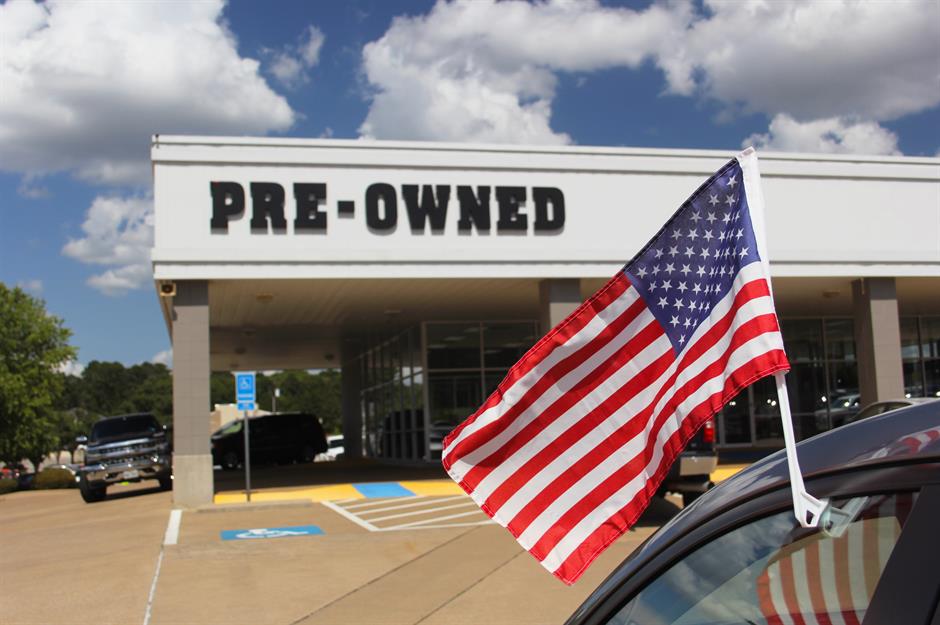
And the situation isn't much better when shopping for a used car. While the cost of buying new has rocketed by 10.1%, the cost of second-hand cars and trucks has increased by nearly 7.8% from last year, with the average second-hand vehicle now costing $29,000. Just as rising house prices are causing rental costs to increase, the increasing cost of new cars is having a knock-on effect on the price of used cars, as people who can't afford to buy new models flock to second-hand dealerships instead.
The bills don't stop once you've driven your car home, either. Gasoline prices may have slipped but yearly costs are still climbing, with the typical driver now expected to spend over $10,000 compared to $9,666 in 2021.
Eating out: up 8%
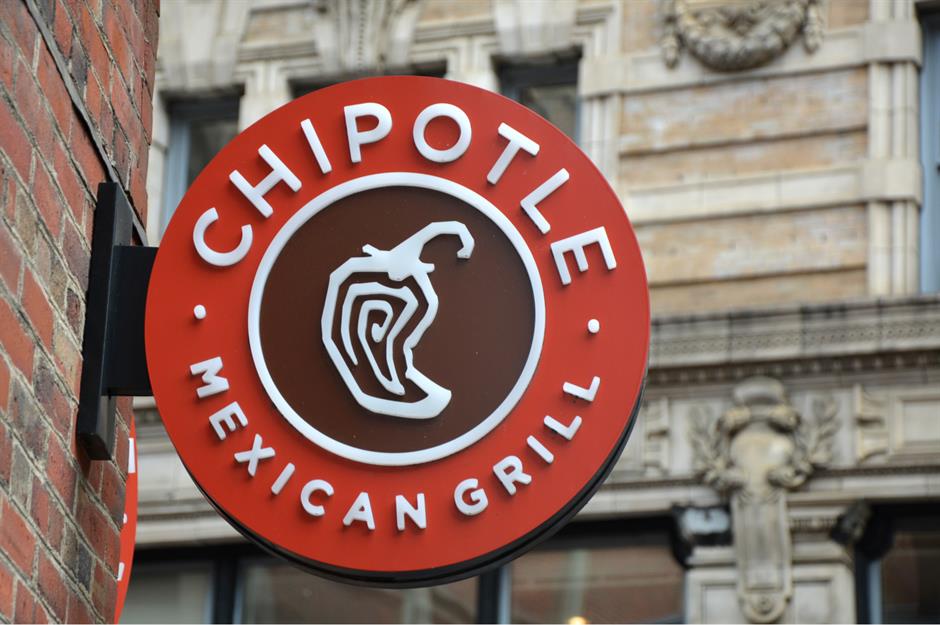
We've been dishing out more for food outside the home. The BLS stats show that food away from home has gotten 8% more expensive on average in the past year, up from 7.4% in June.
Fast food restaurants in particular have faced surging costs. According to an article in the New York Times published in January this year, the pandemic caused the highest price hikes at fast food restaurants in around 20 years. And prices are still going up. Chipotle expects to increase the cost of its food by more than 6% before the end of this year. That's after hiking prices by 4% last December, making its products now 10% more expensive than they were in 2021.
Eating out: up 8%
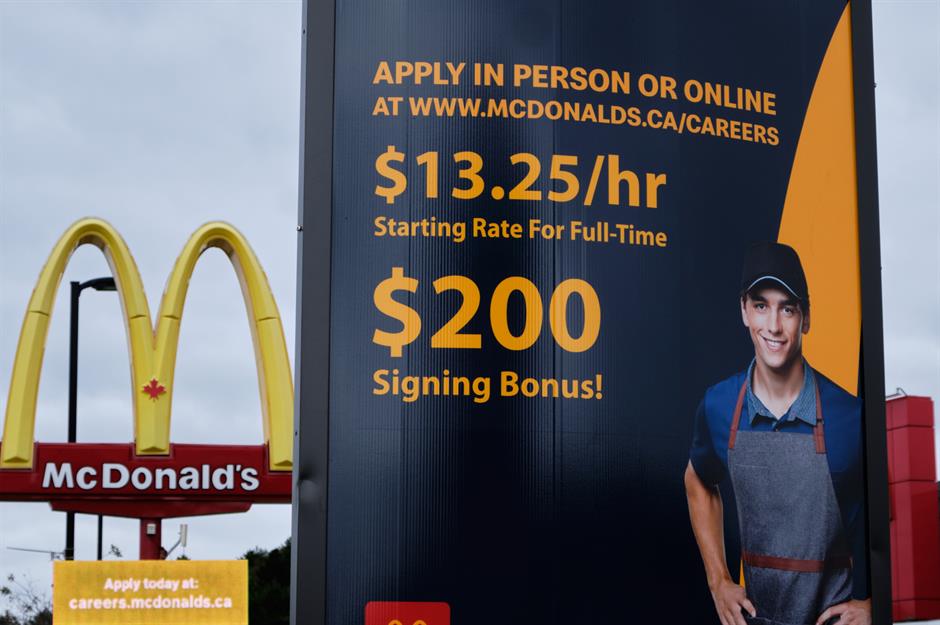
And Chipotle isn't alone. The world's largest fast food chain McDonald's has increased its prices by 6% in line with the growing cost of ingredients such as cooking oil, which has rocketed in price due to the Russian war in Ukraine.
Typically, Ukraine produces 47% of the world's sunflower oil. As Russian troops have blocked major ports and attacked agricultural equipment, millions of tons of oil have been unable to leave the country, causing a global shortage. According to the UN, the price of vegetable oil reached record highs in February before increasing another 23% in March, with soybean oil rising from $765 per metric ton in 2019 to an astonishing $1,957 in 2022.
The so-called "Great Resignation" is also affecting prices. In August 2021 alone the restaurant sector lost 42,000 jobs as workers quit in droves – and one year on, many companies are still struggling to plug the labor gap. Remaining staff members have been campaigning for fairer pay; by the end of this year, it's been predicted that the average US company will have raised salaries by 3.4%, according to a survey by Willis Towers Watson. And consumer prices are rising to cover these higher wages. At Florida-based restaurant chain First Watch, for example, customers can now expect to pay almost 8% more than they did a year ago.
Weddings: up 12.5%

Not just planning on walking down the grocery aisles this year? Prepare for an unwelcome wedding guest: inflation. As COVID-19 caused millions of couples to postpone their ceremonies, 2022 is expected to see 2.5 million weddings in the US. That's the most since 1984. But with almost two years' worth of weddings crammed into 12 months, demand is understandably outstripping supply. From venues and florists to photographers and dressmakers, many vendors are fully booked until the end of 2023. And prices have risen accordingly.
Weddings: up 12.5%

According to Shane McMurray, founder of The Wedding Report, the average cost of an American wedding this year will rise to $27,000. That's an increase of around $3,000, or 12.5%, from before the pandemic. But not all of the inflation will be passed on to the happy couple. People who made bookings in 2020 or 2021 may have locked in their prices, meaning that many vendors will be forced to cover inflationary rises in their costs.
Groceries: up 13.5%
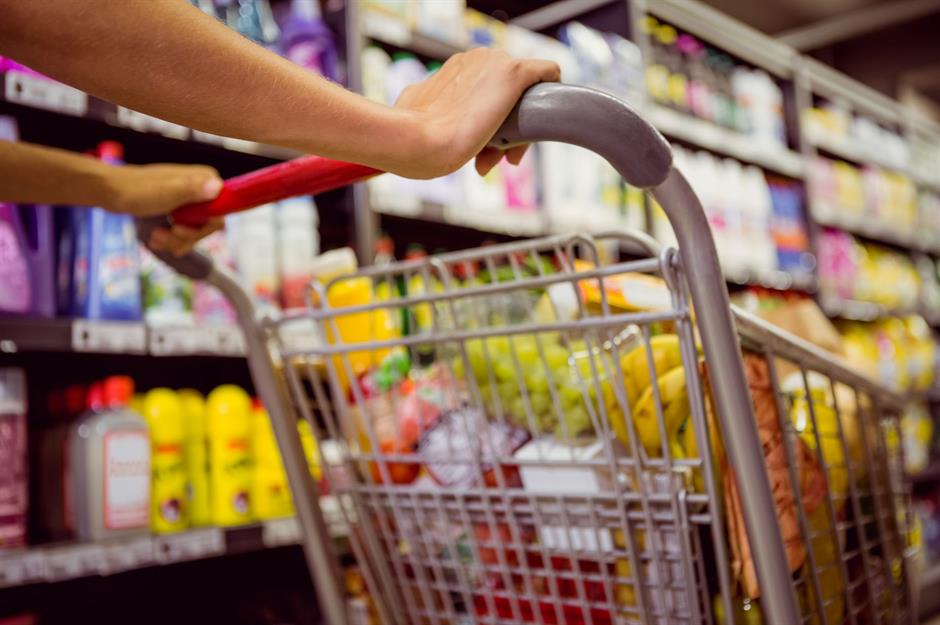
Your average trip to the grocery store now costs around 13.5% more than it did a year ago, according to the BSL, as the price of everything from everyday essentials to luxury imports continues to climb. Meat, eggs, dairy products, and dried and fresh vegetables are all more expensive – and projections suggest American shoppers won't get a break any time soon.
Groceries: up 13.5%
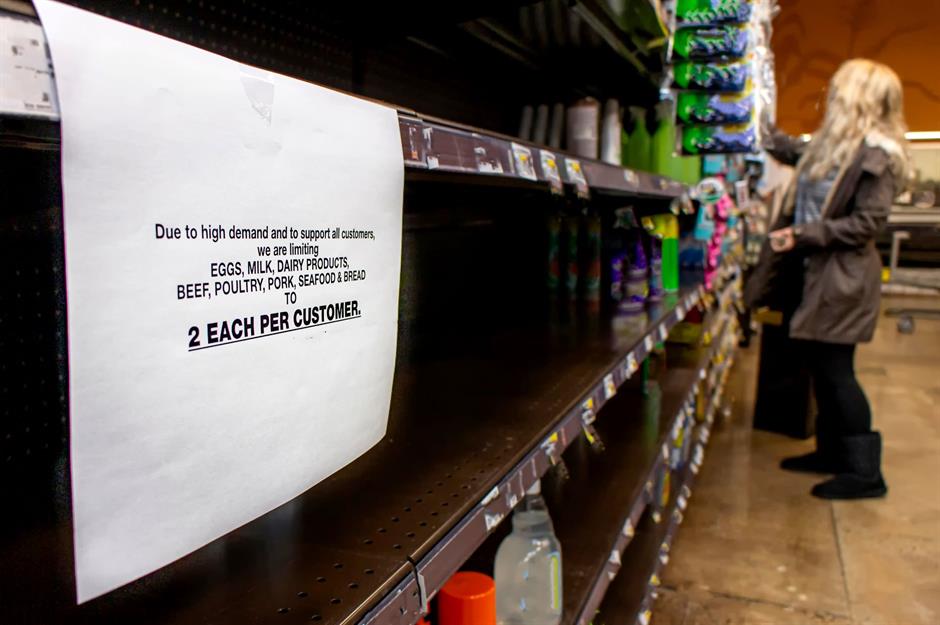
Already, household groceries have seen their highest inflation rate since March 1979. A report from Bloomberg has warned that the situation is only set to get worse, as ongoing supply chain issues due to the Russian war in Ukraine keep food stocks dangerously low. Known as one of the "breadbaskets of the world," Ukraine is a key exporter of essentials such as wheat, cooking oils and eggs. Unsurprisingly, this means that people are grappling with much higher prices for certain groceries than for others.
Cereal, bread and flour: up 16.4% and 23.3% respectively
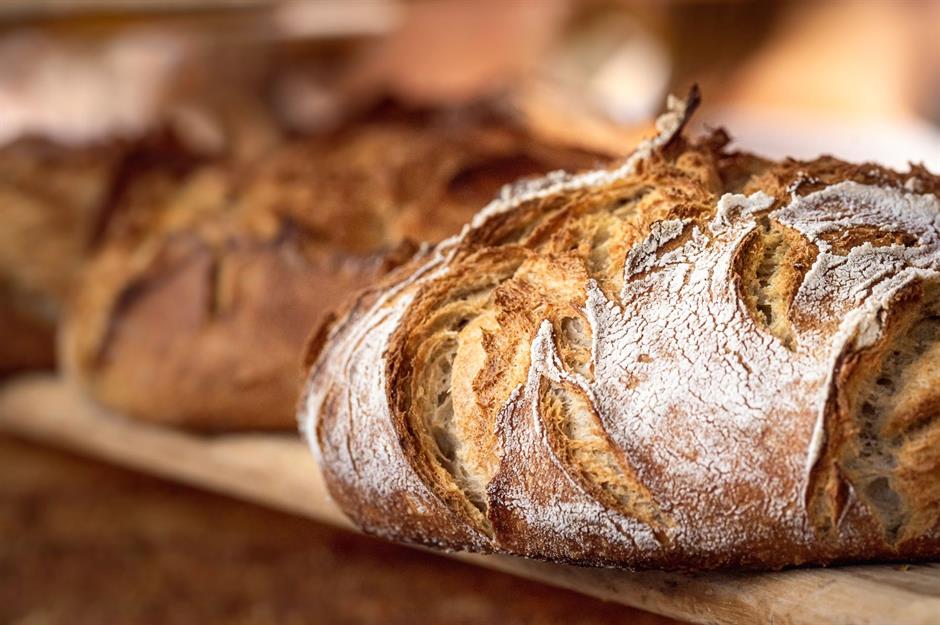
The price of cereals and baked products including bread is up 16.4% compared to one year ago, making them some of the worst-affected items in our grocery carts. As previously mentioned, the Russian war in Ukraine has been a key factor, as Ukrainian exports of wheat and grain have been blocked from leaving the country by Russian troops.
Cereal, bread and flour: up 16.4% and 23.3% respectively
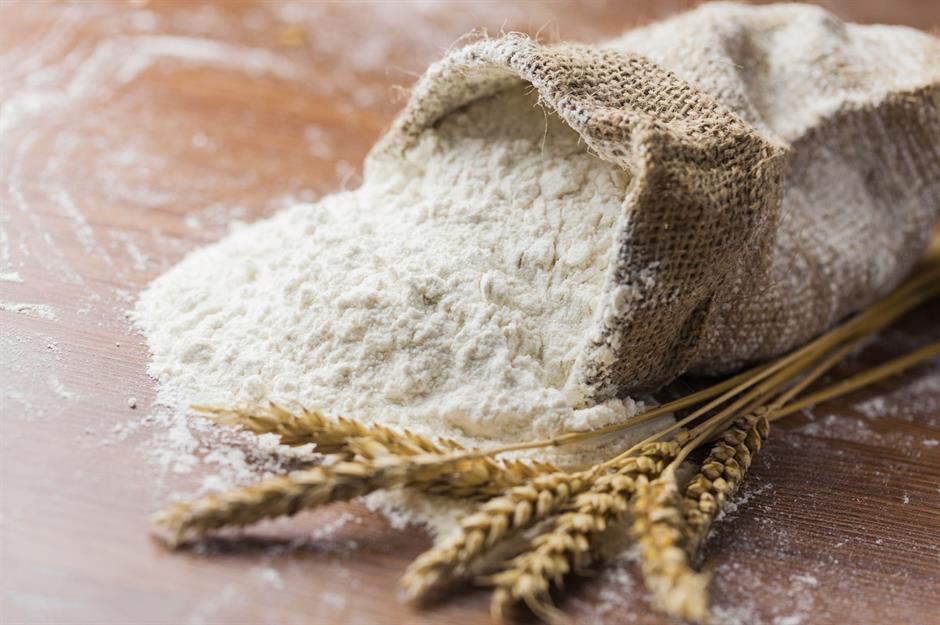
Meanwhile, the cost of flour and flour mixes has soared by 23.3%. According to Reuters, Ukrainian grain exports are currently down 46% year-on-year despite the fact three major ports in the country have recently been unblocked, enabling the creation of a so-called "grain corridor." Due to a loss of land and widespread agricultural disruption, Ukraine's government has predicted a total harvest of 50 million metric tons this year, down from 86 million in 2021. This has had a knock-on effect on supplies of cereals, bread and flour around the world.
Compounding the problem, climbing fertilizer costs and droughts followed by heavy rainfall have disrupted America's domestic wheat harvest. In July, Bloomberg reported that America's spring planting season was one of the worst on record, leaving the nation more reliant than ever on foreign imports while key exporters aren't able to cover the shortfall.
Chicken and eggs: up 16.6% and 39.8% respectively
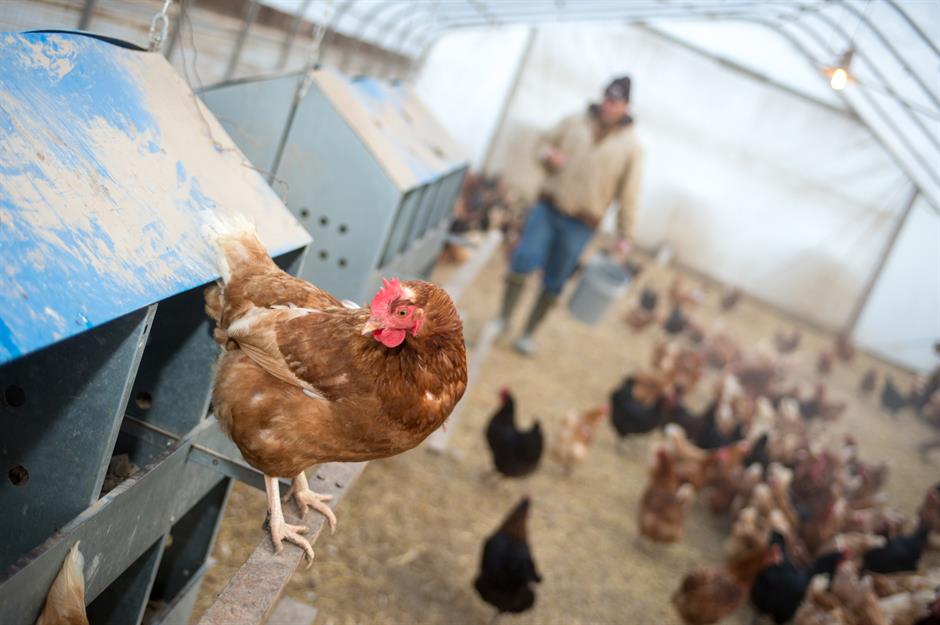
Back in February, cases of bird flu were detected on a turkey farm in Indiana. By April, the virus had spread to 17 states, sparking the mass culling of 20 million chickens. Chicken prices have gone up accordingly. Restaurant founder Jeff Good, speaking to Bloomberg, claimed that a 40-pound box of chicken wings has gone up from around $85 to $150, forcing him to raise his prices. Meanwhile, pizza chain Domino's has attempted to tackle inflation by reducing the number of chicken wings in its $7.99 wing deal from 10 to 8 – making each wing 25% more expensive. More generally, the price of chicken has gone up 16.6%, according to the latest BLS statistics.
Chicken and eggs: up 16.6% and 39.8% respectively
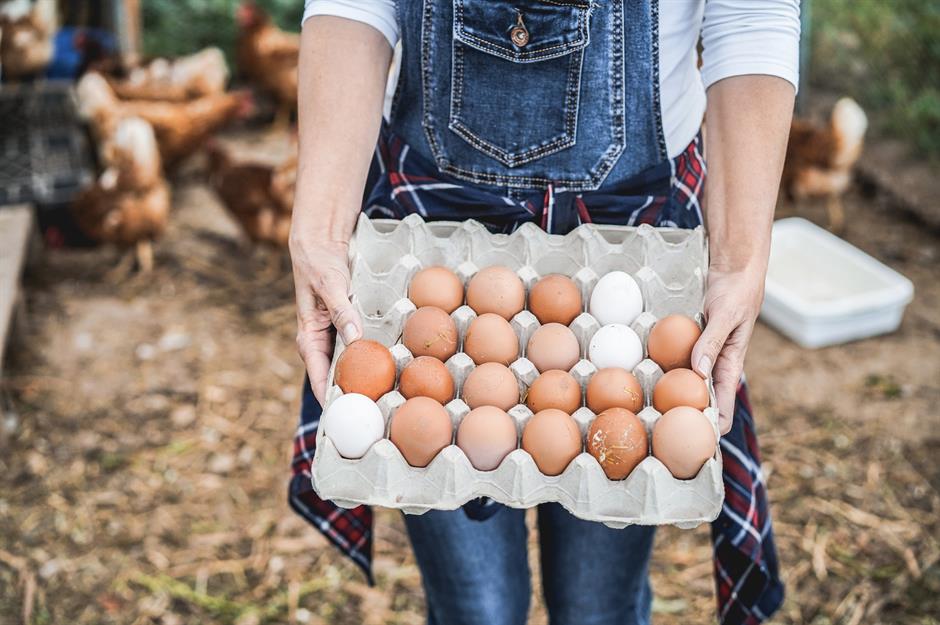
Fewer chickens means fewer eggs, and in the run-up to Easter the US was hit by a major egg shortage. This situation still hasn't improved, and egg prices have been soaring. According to BLS statistics for last month, egg prices have gone up a staggering 39.8% year-on-year. Even more shocking is the rise in the cost of Grade A large eggs – a massive 73%, according to the US Department of Agriculture.
Coffee: up 17.6%
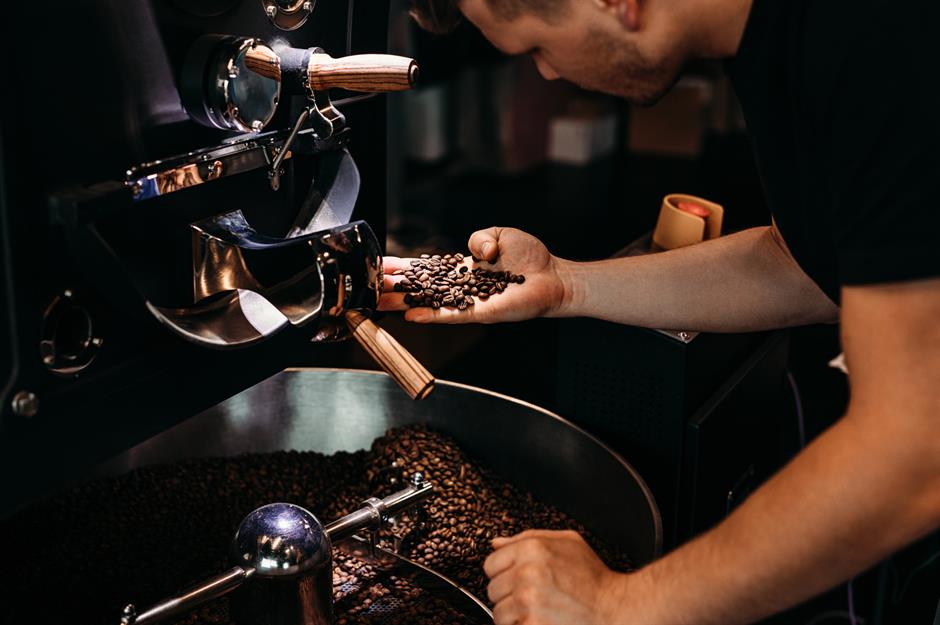
Need your caffeine fix? Unfortunately, the price of roasted coffee has shot up in the US, with the BLS reporting an annual 17.6% rise in the cost of coffee between August 2021 and August 2022, made up of a rise of 18.7% for roasted coffee and 13% for instant. Between 1939 and 2021 the average inflation rate of roasted coffee was just 4%, and even that "indicates significant inflation" according to the website in2013dollars.com. The elevated prices are hitting both coffee makers and coffee drinkers hard.
Coffee: up 17.6%
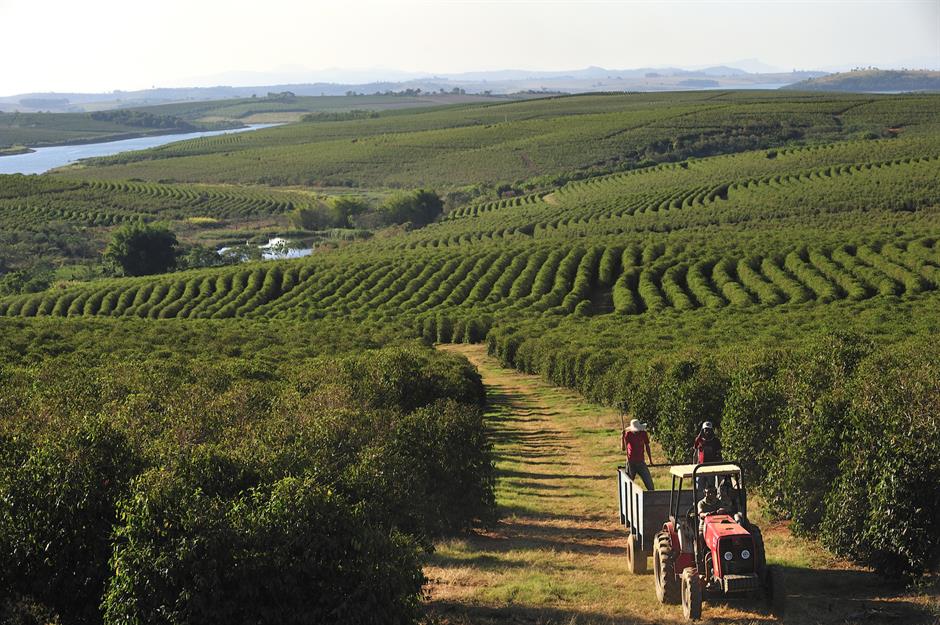
There are several reasons why the cost has increased. Supply chain issues have made it more difficult to source coffee, while unseasonal weather in countries such as Brazil is devastating crops. A July frost combined with months of drought has caused the Brazilian coffee harvest to drop by an estimated 13.6 million bags. America is the world's second-largest coffee importer, and it sources around 30% of its beans from Brazil, making it highly vulnerable to supply chain issues.
On the flipside, some consumers are clearly willing to pay well above market price. According to a report in CNBC, Starbucks is expanding its range of premium products such as personalized coffee blends. Having served a record number of customers in the latest quarter, the coffee chain's CFO Rachel Ruggeri believes that bespoke products could be the key to keeping customers during the current cost of living crisis.
Homes: up 22%

It's not just renters feeling the pinch; home buyers are also battling prohibitive inflation. In January this year, the number of homes listed for sale fell to a four-year low with just 832,996 on the market – and the number has kept dropping. This dwindling supply has caused property prices to go through the roof. According to the Zillow Home Value Index the cost of the average US home was just over $287,000 in May 2021 and reached almost $350,000 by May 2022. That's a whopping 22% price rise in a year. Meanwhile, data from the Federal Reserve Bank of St. Louis has shown that the median US home now costs $428,700, a 30% increase from 2020.
Homes: up 22%

Compounding the problem is the fact that many people have relocated from large cities. One of the lasting effects of the pandemic is the dramatic increase in home working, which gives employees the freedom to move away from their offices. Because professionals who are able to work from home are likely to be in well-paid jobs, their budgets are often bigger than those who were born and raised in smaller communities. Real estate broker Redfin found that out-of-town buyers have nearly 30% more money to spend than existing residents, making the market much more competitive.
Avocados: up 31%
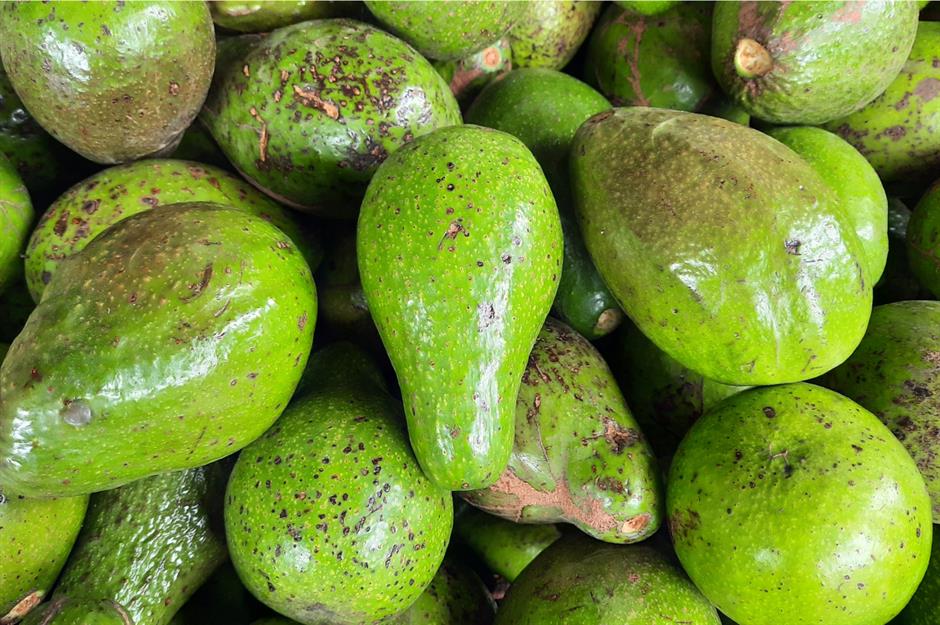
Trying to save some cash by making Chipotle-style food at home? Go easy on the guacamole. Avocados are among the many grocery store items to have gone up in price, as poor rainfall in California and a temporary ban on Mexican imports badly hit supply.
Avocados: up 31%
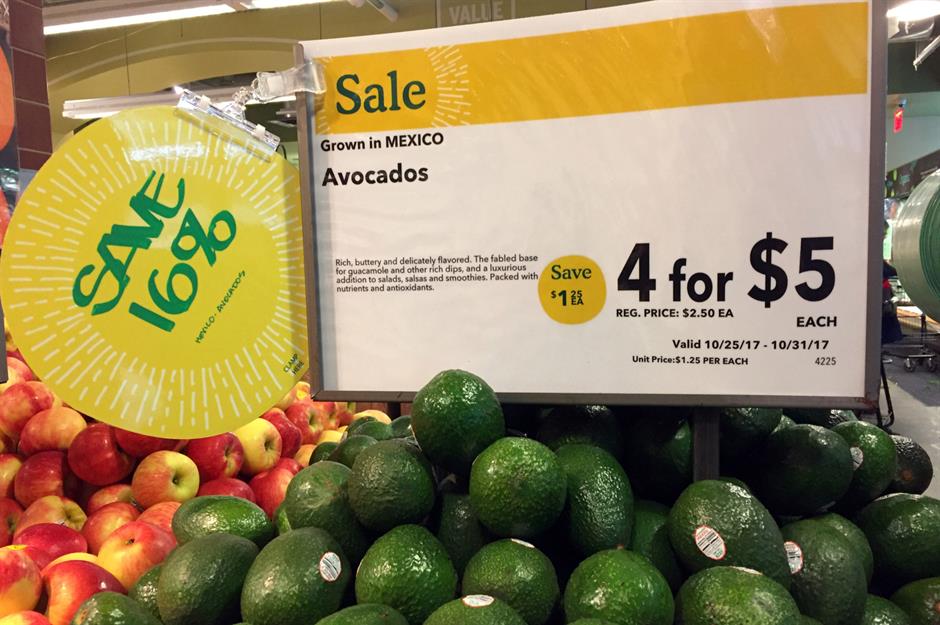
America normally receives 80% of Mexico's avocado exports, and because the number of available fruits has fallen sharply, prices have risen. The average cost of one avocado in January this year was $1.36, up from $1.05 in January 2021: that's an increase of 22.8%. The CEO of Californian food company Calavo Growers said prices should start to fall as Mexican imports hit the shelves, but that hasn't proven to be the case. In fact, the US Department of Agriculture reported that the cost of conventionally grown avocados jumped 31% year-on-year in June this year.
Childcare: up 41%

For parents who cannot work from home, childcare services have been a lifeline. But in the wake of the COVID-19 pandemic and subsequent labor shortages the cost of childcare is higher than ever. An article in Fortune has revealed that childcare now costs a staggering 41% more than it did before the pandemic, with some families forced to spend around 20% of their salaries on daycare.
Childcare: up 41%

The childcare sector has also been hit hard by the Great Resignation. To help address the problem Washington DC is giving childcare workers bonuses of up to $10,000, hoping to discourage them from leaving a sector that's lost more than 110,000 jobs since February 2020. But on a national level the problem is getting worse. According to a survey by online childcare marketplace Care.com, nearly three-quarters (72%) of families have found that childcare is more expensive since the pandemic, while nearly half (46%) have struggled to find the care they need.
Now see what the average American gets paid for doing your job
Comments
Be the first to comment
Do you want to comment on this article? You need to be signed in for this feature